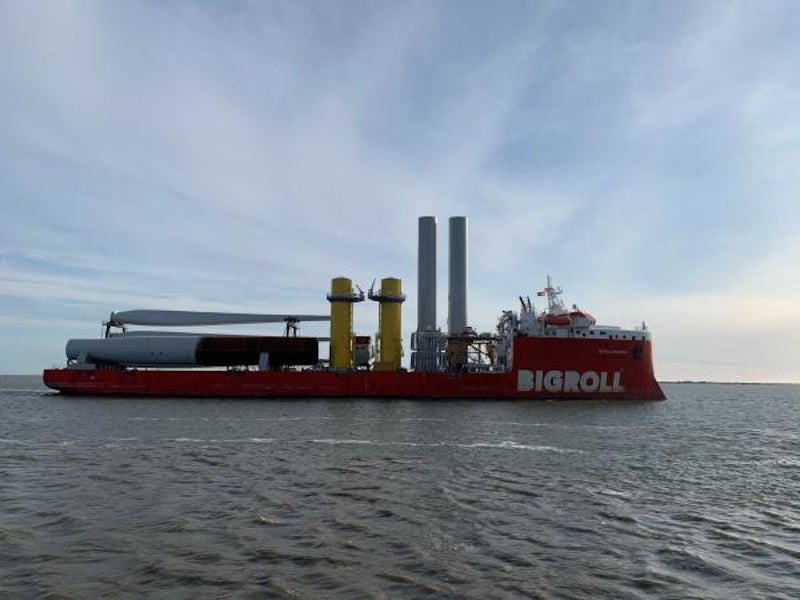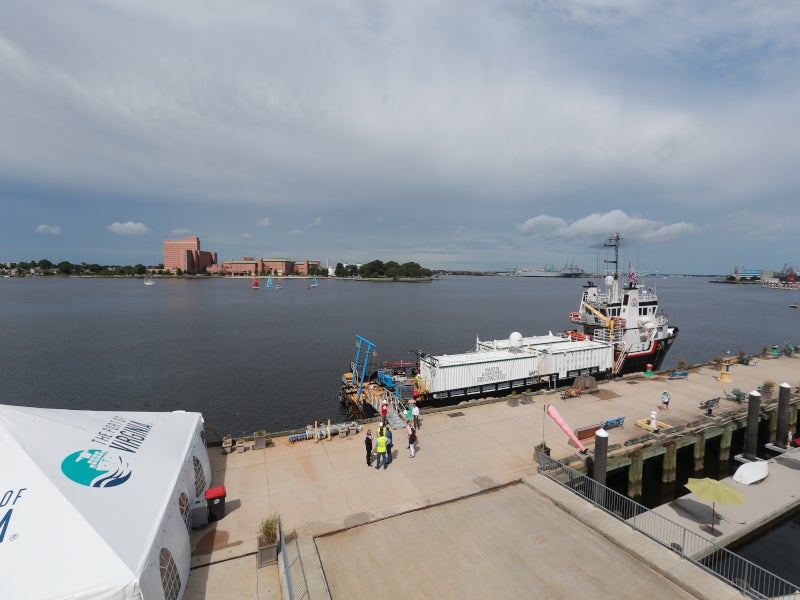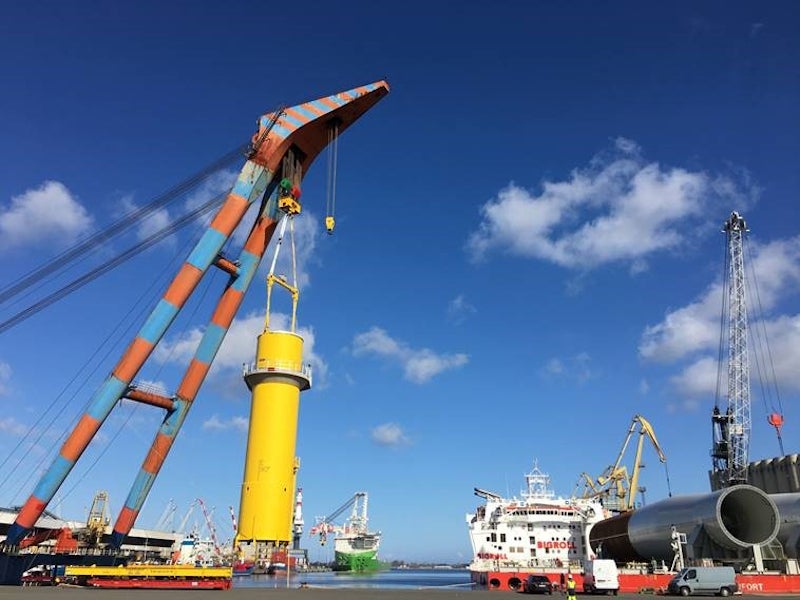Coastal Virginia Offshore Wind (CVOW) is a proposed 2.6GW wind farm project to be constructed in the federal waters of the Outer Continental Shelf (OCS), approximately 43km off the coast of Virginia Beach, US.
It will be the largest offshore wind farm in the US, which will power approximately 6,50,000 households while offsetting 3.7 million tonnes of carbon emissions a year. The project is being developed by Dominion Energy. The geophysical studies of the site for the project began in April 2020.
The data from the studies will facilitate the preparation of the construction and operations plan (COP) for the project, which will be submitted to the Bureau of Ocean Energy Management (BOEM) by the end of 2020. The construction of the wind farm is expected to begin in 2024.
Coastal Virginia offshore wind farm pilot project details
A grid-connected, 12MW pilot project is being developed within the 2,135-acre site on the OCS, offshore Virginia Beach. It is the first offshore wind energy project in US federal waters.
The data from the pilot project will enable Dominion Energy to understand the operational conditions and potential of the Coastal Virginia Offshore Wind project.
The Commonwealth of Virginia’s Department of Mines Minerals and Energy (DMME) leased the site for the pilot project. The DMME submitted a research lease application to BOEM to install and operate two 6MW turbines and associated facilities in February 2013.
The research activities plan for the pilot project was approved by the BOEM in March 2016 and the plan received revised approval in June 2019. The Virginia State Corporation Commission approved the CVOW pilot project in November 2018.
The pilot project will deploy Siemens’ SWT-6.0-154 wind turbines. The MC-Class vessel, Bigroll Beaufort transported the components and foundations for the pilot project in April 2020.
The power cable will be buried under the seabed for most of its length and will reach shore through a 1,000m-long conduit deployed under the beach, connecting to Dominion Energy’s onshore infrastructure.
The pilot project will commence operations by the end of 2020 and will produce sufficient electricity to power 3,000 homes.
Coastal Virginia offshore wind farm development
The CVOW project will be constructed in three phases, each with approximately 880MW capacity at a 12,800-acre CVOW Commercial Lease (OCS-A 0483) area.
Two survey vessels, namely the M/V Sarah Bordelon and M/V Marcelle Bordelon, equipped with hull-mounted and towed equipment are collecting the geophysical data from the site. The vessels will also perform seafloor sampling, using additional equipment.
Other vessels being used in the geotechnical surveys at the site include Geoquip Speer, Geoquip Saentis and Dina Polaris.
Local fishermen and fishing vessels at the Rudee Inlet in Virginia Beach will be employed as scouts to assist survey vessels in preventing any interactions between fisheries and survey operations.
Coastal Virginia offshore wind farm turbine details
The CVOW project will be installed with SG 14-222 Direct Drive offshore wind turbines. The 15MW wind turbine with a power boost function is designed for all wind speeds. It provides 25% more power than its predecessor.
The wind turbine features a 222m rotor and 108m-long fibreglass-reinforced epoxy blades with a swept area of 39,000m². The turbines with IntegralBlade technology allow the blade to be cast in one piece. The single-piece unit eliminates the weaker sections such as joints in the blade and improves the strength and quality of the turbine.
All the turbines are anticipated to be installed at the site by 2026.
Contractors involved in CVOW project
Orsted Energy will serve as the engineering, procurement and construction (EPC) contractor for the project. LE Myers Company will perform the design and construction of the onshore electrical system.
Terrasond supplied the vessels for the offshore site surveys, while Siemens Gamesa is responsible to supply the wind turbines.






